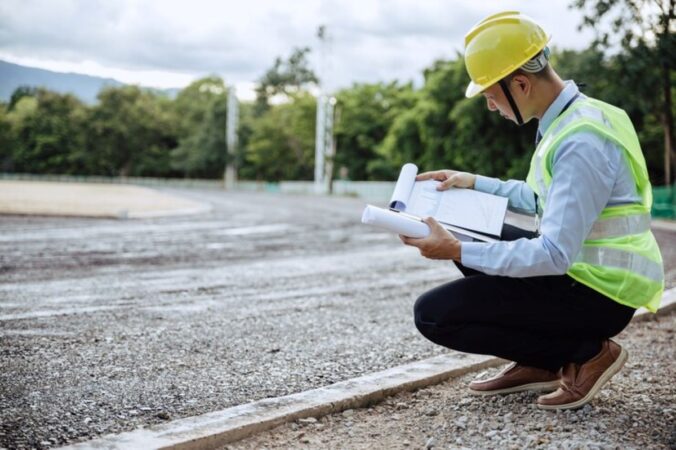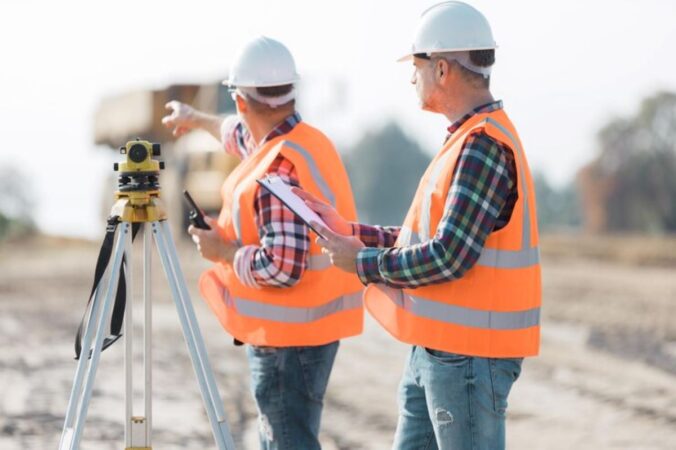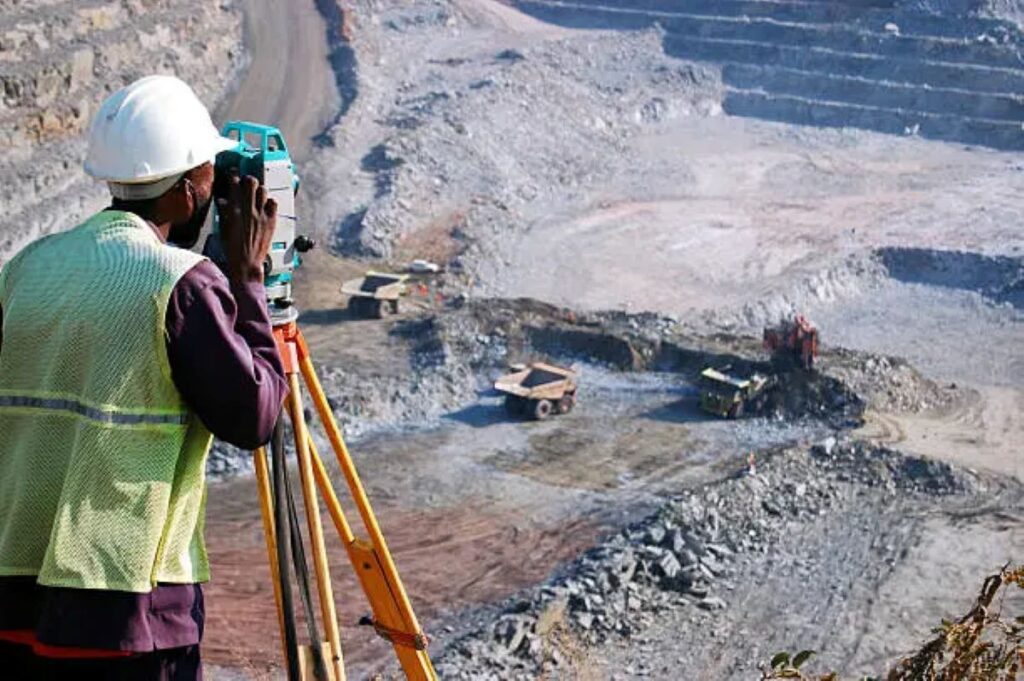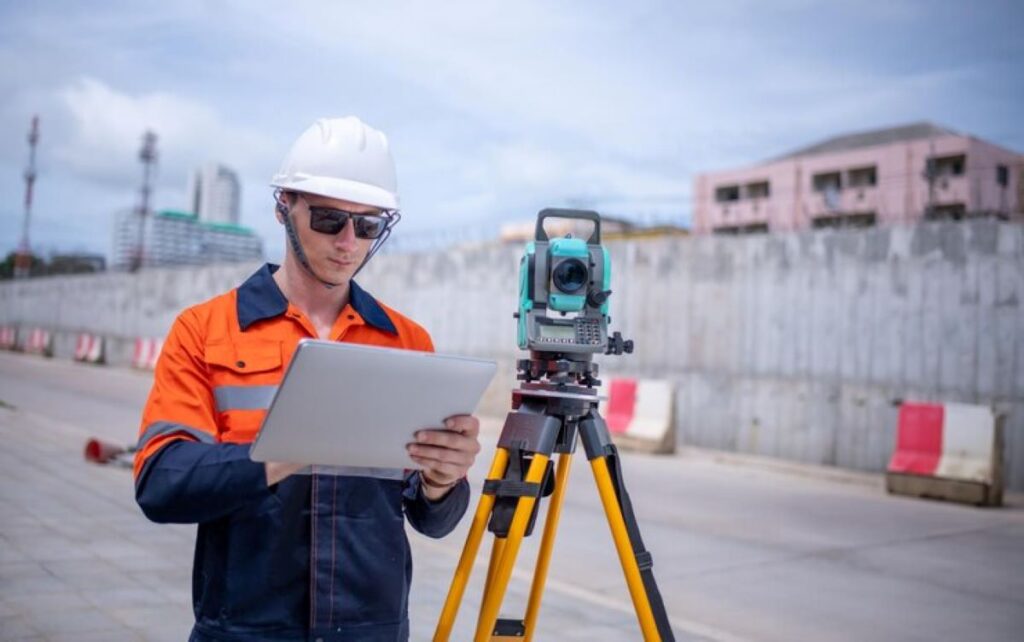A cadastral survey is a detailed examination and mapping of land parcels, which includes the determination of boundaries, dimensions, and the ownership of land. This type of survey is essential for establishing legal ownership and is a critical component of land management and urban planning. In Australia, where land ownership and use are governed by a complex system of laws and regulations, understanding the significance of cadastral surveys is vital for property owners, developers, and government authorities alike.
The Fundamentals of Cadastral Surveys
A cadastral survey is not merely a technical exercise; it is a legal requirement that ensures clarity and certainty in land ownership. The survey involves the precise measurement of land boundaries and the creation of a cadastral map that outlines these boundaries. This map serves as a legal document, providing evidence of ownership and facilitating the transfer of property rights.
Key Components of a Cadastral Survey
Several key components make up a cadastral survey. Firstly, the surveyor must establish the existing boundaries of the property, which may involve referencing historical records, previous surveys, and physical markers on the land. Secondly, the surveyor will create a detailed map that illustrates the dimensions and layout of the property, including any easements or encroachments that may affect ownership rights.
Additionally, cadastral surveys often involve the identification of land use, zoning regulations, and any restrictions that may apply to the property. This comprehensive approach ensures that all aspects of land ownership are accounted for, providing a clear understanding of the rights and responsibilities associated with the land. The meticulous nature of this process is crucial, as even minor discrepancies in boundary definitions can lead to significant legal disputes, affecting not only current owners but also future generations.
The Role of Technology in Cadastral Surveys
Modern technology has revolutionised the field of cadastral surveying. The use of Geographic Information Systems (GIS), Global Positioning Systems (GPS), and advanced surveying equipment has significantly improved the accuracy and efficiency of surveys. These tools allow surveyors to collect data with precision, create detailed maps, and analyse land use patterns more effectively than ever before.
Furthermore, the integration of technology enables better communication and collaboration among stakeholders, including landowners, government agencies, and urban planners. This collaborative approach is essential for effective land management and ensures that all parties have access to accurate and up-to-date information. For instance, GIS technology not only aids in the visualisation of land parcels but also allows for the layering of various data types, such as environmental factors and infrastructure developments, providing a holistic view of land use. As cities continue to grow and evolve, the ability to adapt and respond to changing land dynamics through technological advancements becomes increasingly vital for sustainable development.
The Importance of Cadastral Surveys
Cadastral surveys play a crucial role in various aspects of land management, property development, and urban planning. Their importance extends beyond the mere establishment of boundaries; they are foundational to the legal and economic frameworks that govern land use in Australia.
Legal Certainty and Property Rights
One of the primary reasons for conducting a cadastral survey is to provide legal certainty regarding property rights. In Australia, land ownership is a complex issue, with various laws and regulations governing the use and transfer of land. A cadastral survey provides a clear and legally recognised definition of property boundaries, reducing the potential for disputes between neighbours and ensuring that property rights are upheld.
Without a cadastral survey, property owners may find themselves in ambiguous situations where the boundaries of their land are unclear. This uncertainty can lead to conflicts, legal disputes, and even financial losses. Therefore, having a cadastral survey conducted is essential for anyone looking to buy, sell, or develop land.
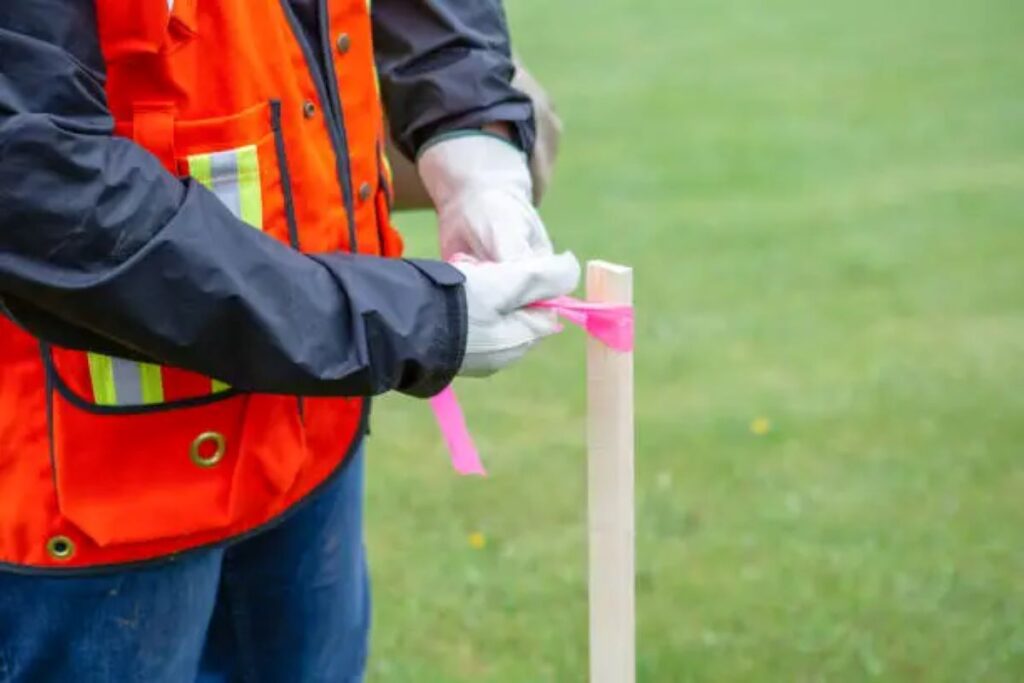
Facilitating Urban Planning and Development
Cadastral surveys are also vital for urban planning and development. As cities grow and evolve, accurate land information is necessary for making informed decisions about land use, zoning, and infrastructure development. Planners rely on cadastral surveys to understand the existing land use patterns and to identify potential areas for development or conservation.
Moreover, cadastral surveys provide essential data for assessing the impact of new developments on the surrounding environment and community. This information is crucial for ensuring that urban growth is sustainable and that the needs of the community are met.
Cadastral Surveys and Property Transactions
In the context of property transactions, cadastral surveys are indispensable. They serve as a critical part of the due diligence process for buyers and sellers, ensuring that all parties have a clear understanding of the property being transferred. This clarity is essential for securing financing, obtaining permits, and finalising sales agreements.
Enhancing Market Confidence
The presence of a cadastral survey can enhance market confidence among potential buyers. When a property is accompanied by a recent and accurate cadastral survey, it signals to buyers that the seller is transparent about the property’s boundaries and any potential issues. This transparency can lead to quicker sales and potentially higher property values.
Conversely, properties without a cadastral survey may face challenges in the market. Buyers may be hesitant to invest in a property with unclear boundaries or unresolved disputes, leading to prolonged sales processes and reduced market value.
Resolving Boundary Disputes
Boundary disputes are a common issue in real estate, and cadastral surveys play a crucial role in resolving these conflicts. When disputes arise, a cadastral survey provides the necessary evidence to clarify property boundaries and ownership rights. This can prevent costly legal battles and facilitate amicable resolutions between parties.
In some cases, a cadastral survey may reveal encroachments or easements that were previously unknown to the property owner. By identifying these issues early on, property owners can take appropriate action to address them, ensuring that their rights are protected.
The Process of Conducting a Cadastral Survey
Conducting a cadastral survey involves several steps, each of which is essential for ensuring accuracy and legal compliance. Understanding this process can help property owners appreciate the importance of engaging qualified professionals for their surveying needs.
Engaging a Qualified Surveyor
The first step in the cadastral survey process is to engage a qualified surveyor. In Australia, surveyors must be registered and possess the necessary qualifications to conduct cadastral surveys. It is essential to choose a surveyor with experience in the local area, as they will be familiar with the specific regulations and requirements that apply.
Once a surveyor is engaged, they will conduct an initial assessment of the property, reviewing existing documentation and historical records to gather information about the land. This preliminary work is critical for understanding the context of the survey and identifying any potential issues that may need to be addressed.
Field Survey and Data Collection
Following the initial assessment, the surveyor will conduct a field survey to measure the property boundaries and gather data. This process typically involves the use of advanced surveying equipment, such as total stations and GPS devices, to ensure accuracy. The surveyor will also identify any physical markers, such as fences or trees, that may indicate the property boundaries.
Once the fieldwork is complete, the surveyor will compile the data and create a cadastral map that outlines the property boundaries, dimensions, and any relevant features. This map serves as the foundation for the final report and is a critical component of the legal documentation associated with the property.
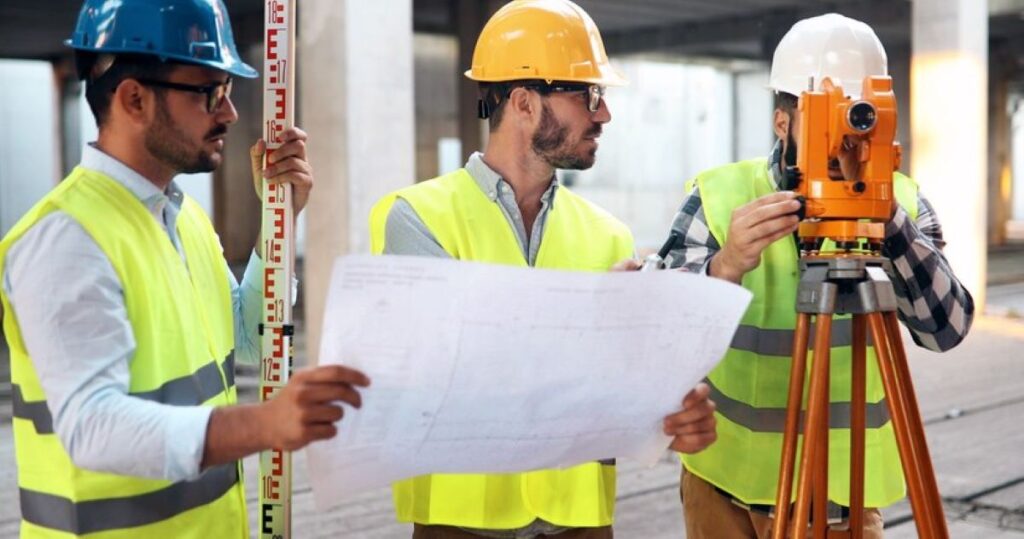
Conclusion: The Value of Cadastral Surveys
In summary, cadastral surveys are an essential aspect of land management and property ownership in Australia. They provide legal certainty, facilitate urban planning, and enhance market confidence, making them invaluable for property owners, developers, and government authorities alike. By understanding the importance of cadastral surveys and engaging qualified professionals, stakeholders can ensure that their land transactions and developments are based on accurate and reliable information.
As urban areas continue to grow and evolve, the role of cadastral surveys will only become more critical. By investing in these surveys, property owners can protect their rights, resolve disputes, and contribute to sustainable land use practices that benefit the entire community.
More to Read : Engineering Surveys vs Land Surveys: Key Differences Explained
